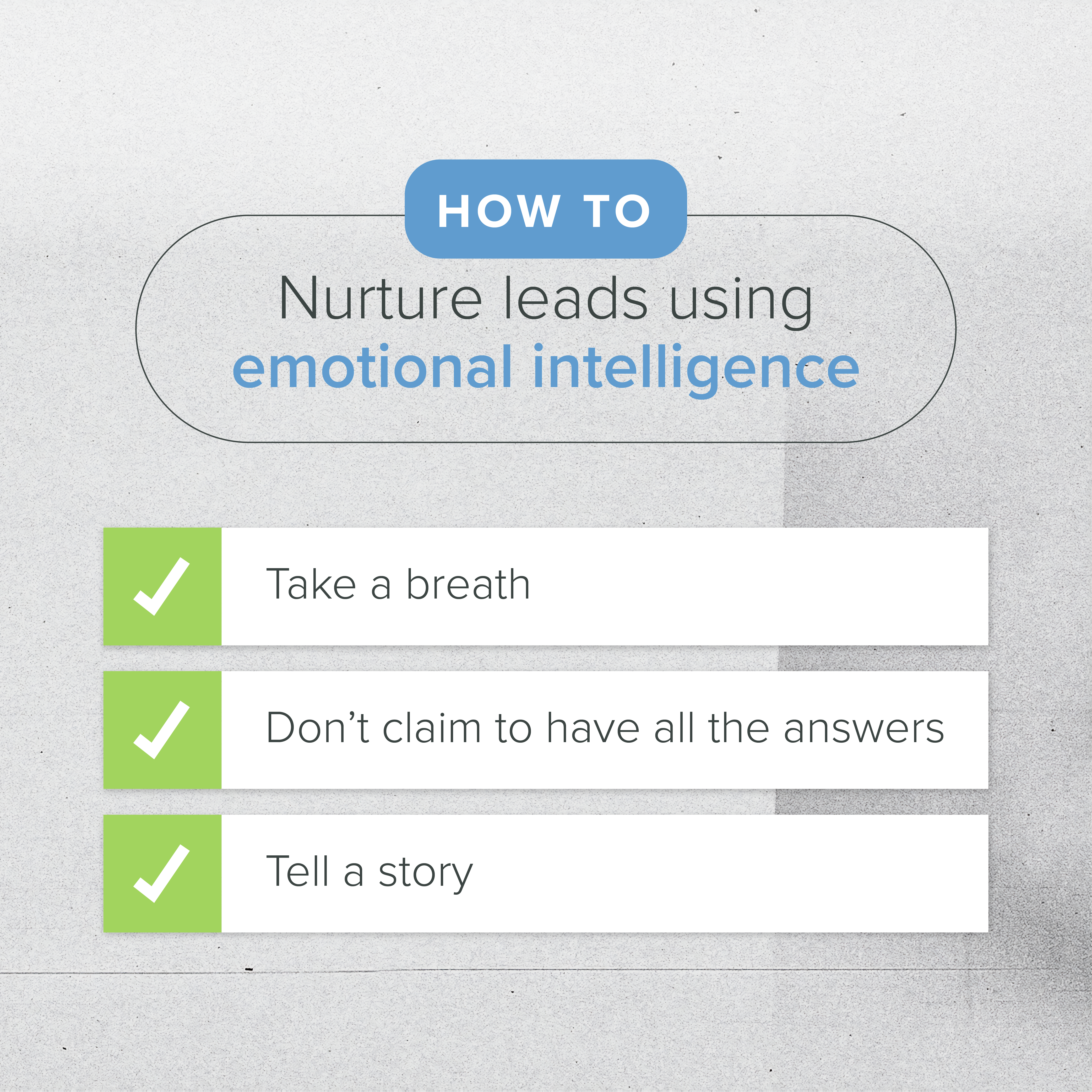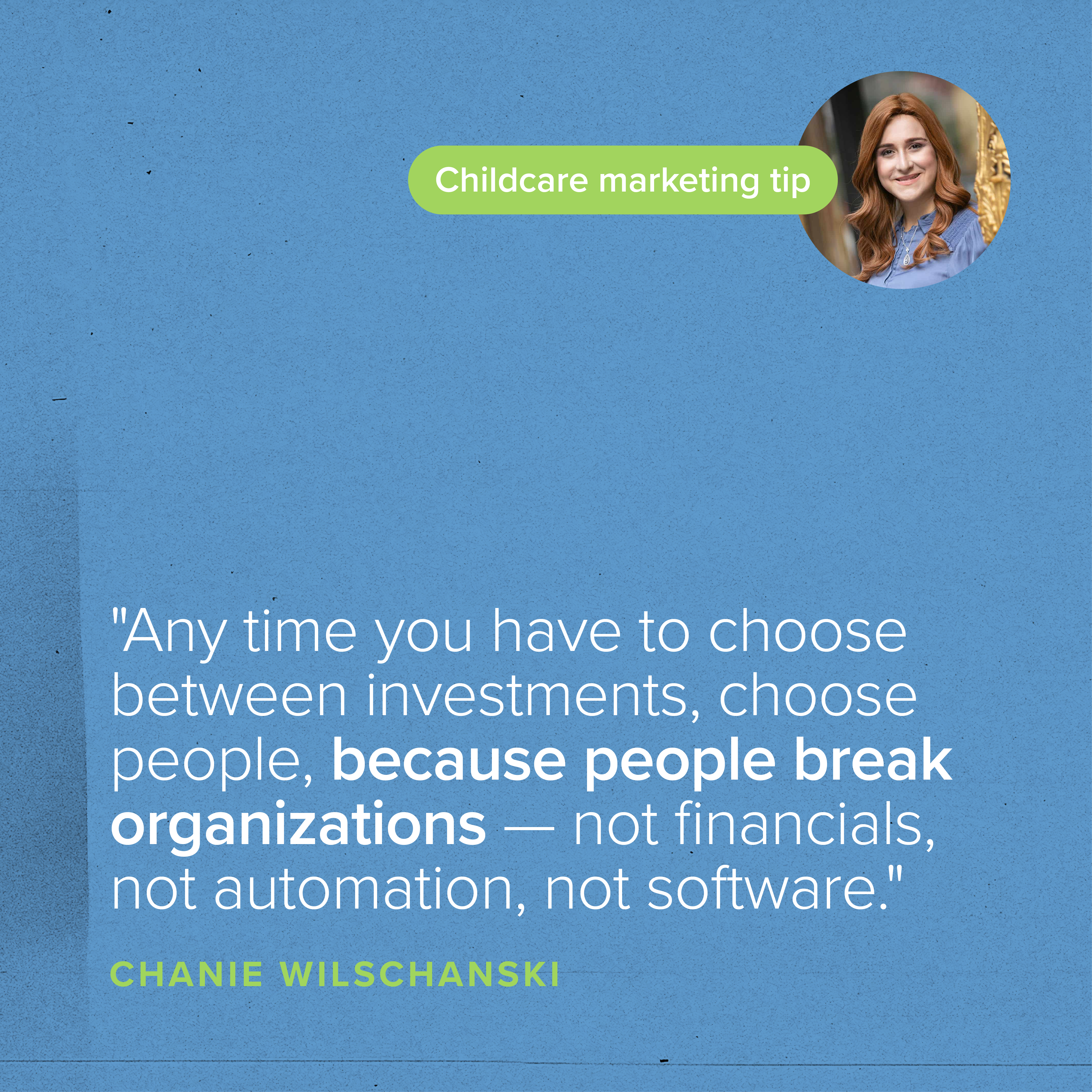Here at Rose Marketing Solutions, we excel at piquing parents’ interest in the childcare centers we work with — but it’s up to the owner and his or her staff to turn those interested parents into enrolled ones.
Our clients often ask us, “How do I enroll more families?” If I had a dollar…
I recently met up with Chanie Wilschanski to discuss some ways childcare centers can capture leads and drive enrollment. I’ve admired Chanie for quite some time — she’s the founder and CEO of Schools of Excellence (more on their mission later) and host of the Schools of Excellence podcast.
At Rose Marketing Solutions, we want to give childcare center owners peace of mind that leads are coming in and they’ll have full classrooms so they can get back to doing what they do best — running a nurturing, academic, profitable school. Chanie echoes our mission. Just like us, she wants to provide value even outside her own area of expertise by letting owners know about services, vendors, and other resources that can help them grow their childcare centers.
One of those resources is her valuable tips for driving enrollment.
Encouraging Emotional Intelligence in the Workplace
Throughout the last seven years, Schools of Excellence has helped school owners and directors build and sustain schools of excellence through values-based leadership.
Building sustainable schools isn’t just about building profitable businesses. It’s also about building a legacy for the next generation of leaders and changing the trajectory of education. Schools of Excellence helps leaders understand that the path to excellence is paved with kind candor, emotional empathy, and accountability.
For example, today’s youth — your youngest staff members — aren’t actually looking for the easiest path. They’re looking for accountability, values, a mission, and a vision. They’re looking for adults to hold them accountable — not adults who will tell them, “You feel crummy today? You can have the next 10 days off.”
They present themselves this way because they lack any other tools. Some of them may be 18 years old — legal adults — but the brain doesn’t finish developing until age 25. This means underdeveloped, emotionally dysregulated humans comprise a huge portion of the workplace. They need adults — you, their employer — to model regulation and hold them accountable.
If you’d like to break the cycle of blame in your workplace and build a culture of accountability, Chanie’s powerful step-by-step guide can help.
Now that we have some context for our situation, let’s explain how you can teach your younger staff members to deal with a qualified lead when it comes in.
Nurture Leads by Nurturing People
When a parent enters your database through automation, referral, word-of-mouth, or any other lead generation method, you want to nurture this lead and convert them into an enrolled parent.
The first thing to understand about converting leads is that the best system doesn’t equal the best results.
You can have a phenomenal lead generation system that brings high-quality leads into your funnel, but if the person who operates the funnel doesn’t have the right emotional intelligence, discernment, time management, and energy management skills, they’ll undermine the entire endeavor.
Humans are operating the system. There’s only so much automation that can be done. Even with AI, you still need humans to run things.
Because of that, we must invest in people — in leadership and development. We believe in software, automation, and marketing. All are essential, and they’ve helped scale our businesses.
But any time you have to choose between investments, choose people, because people break organizations — not financials, not automation, not software, not tech, not low capital, not debt.
Hear what Chanie has to say about this philosophy in a striking episode of the Schools of Excellence podcast.

How to Nurture Leads: 3 Steps
When responding to a lead, you can have the best templates, but you’ll still need some level of customization. After all, you’re talking to a human being. Here are three ways to signal to them that you’re also a human being — one they can trust with their child.
1. Breathe
What happens if the person responding to the inquiry shoots from the hip instead of typing a thoughtful response? A great lead could get a reply full of garbage.
So, what’s the best way to approach an inquiry? Simple. Take a breath.
It seems almost too simple — but I guarantee you, 90% of your employees don’t do it.
So, take two seconds. Inhale. Hold. Exhale. Now, you’re more collected, you’ve given your brain some much-needed oxygen, and you’ll likely compose a much better reply to your high-quality lead.
Those two seconds can have a massive impact on how you respond to a lead. Give it a try.
2. Remember, You Don’t Have to Have All the Answers
Similarly, when someone asks you a question and you don’t know the answer (yes, it’ll happen, and yes, it’s okay — you’re only human), here’s how to handle it.
Step one: Take a breath. Just a quick one.
Step two: Thank them for asking a great question, and practice humility. Remember, you don’t know everything, and you’re not expected to.
Try answering, “That’s a great question! Thank you for asking that. I would love to give you an educated response that’s aligned with our company’s values. Let me get back to you on that. In our follow-up, I’ll respond to that question.” Or, “I’ll connect with the owner, and when we do our roundtable at the end, hopefully she’ll have a moment to come in and answer that question for you.”
You don’t need to look like a smarty-pants all the time.
3. Tell a Story
Finally, make connections with your leads. The best way to do that is through storytelling.
When you’re giving a tour and a parent asks about a policy, don’t spew facts and figures they won’t remember. Instead, tell a story.
For example, if they ask about your biting policy, you could answer like this: “Biting is actually developmentally appropriate in the 18-month and toddler classrooms. Let me tell you about an incident that happened last year.”
Let the parent know you’re not afraid of biting. It’s normal, it happens, and if it hasn’t happened at your school yet, it will. Prepare for it.
Scary moments that turn out okay can make great stories that put parents’ fears to rest. Stories let parents know you can handle those situations and their child will be in good hands.
You’re saying, “We’re all humans, and humans make mistakes. But when we do, we handle it. And I promise, we’ll take care of you and your child.”
Tell those stories. Connect with people. That’s how you and your business will thrive — now and for years to come.

Subscribe
Sign up with your email address to receive news and updates.

